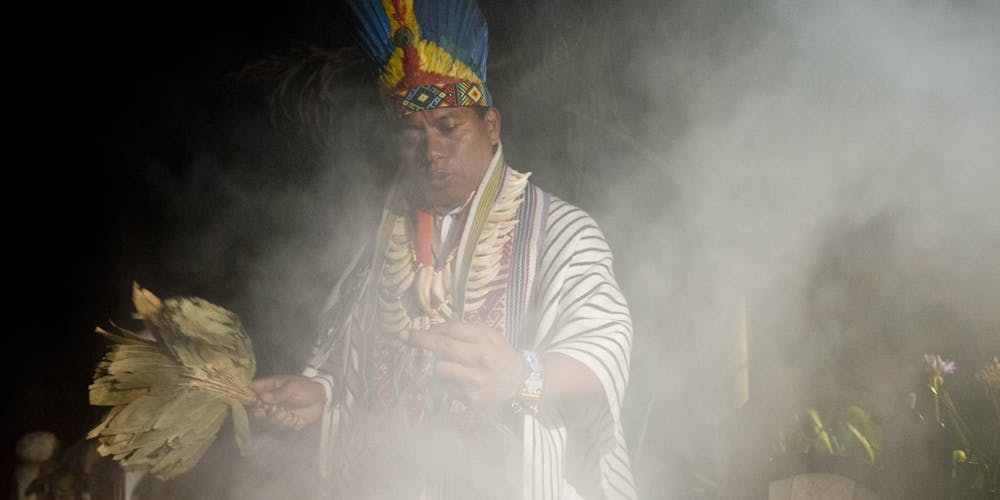
A healer starting a Yage ceremony in La Calera, Cundinamarca department, Colombia. Yage, a mixture of the Ayahuasca hallucinogenic liana and a psychoactive bush, attracts many people in Colombia, who seek to participate in a traditional indigenous ritual of spiritual and physical healing impossible to realize in many countries where these plants are considered drugs. (Photo by EITAN ABRAMOVICH/AFP/Getty Images)
Westerners Miss The Point Of Ayahuasca When They Isolate It From Tradition
Western culture has painted plant medicines as inferior to medicines from white men in white coats.
Scientists and Psychonauts from around the world will gather at the Altered Conference in Berlin, Germany this weekend to explore the world of psychedelics. These substances have made some major advances in recent years, from studies on magic mushrooms and depression to the FDA’s designation of MDMA as a breakthrough therapy for PTSD. The discourse around psychedelics has certainly changed. For many of these substances, their origins are shrouded in a mysterious spirituality which still makes modern science squeamish.
Ayahuasca in particular – which means vine of the spirits – is gaining the acceptance of westerners as a traditional medicine. Every year tourists flock to countries like Brazil and Peru seeking its curative effects. Though even this interpretation is problematic, as it can focus on the substance while dismissing the experience as a whole.
“Medicine is only one of the words that are used to describe ayahuasca,” says author Danny Nemu, one of this year’s speakers at Altered, “It’s also called La Purga – the purge,” he explains, noting that there’s much more to it than a simple trip.
Those who drink ayahuasca – a brew made from the vine Banisteriopsis caapi and one of several other plants – can experience hours long mental and physical cleanses that may involve intense vomiting. The result is often described as totally transformative.
Nemu is a follower of the Daime – one of several ayahuasca centered traditions. Ten years ago, he set out to research the traditions of ayahuasca in Brazil, and there he contracted a disease known as leishmaniasis. Rather than halting his research altogether, the condition inspired Danny to seek out a curandero – a medicine-man who administers the brew.
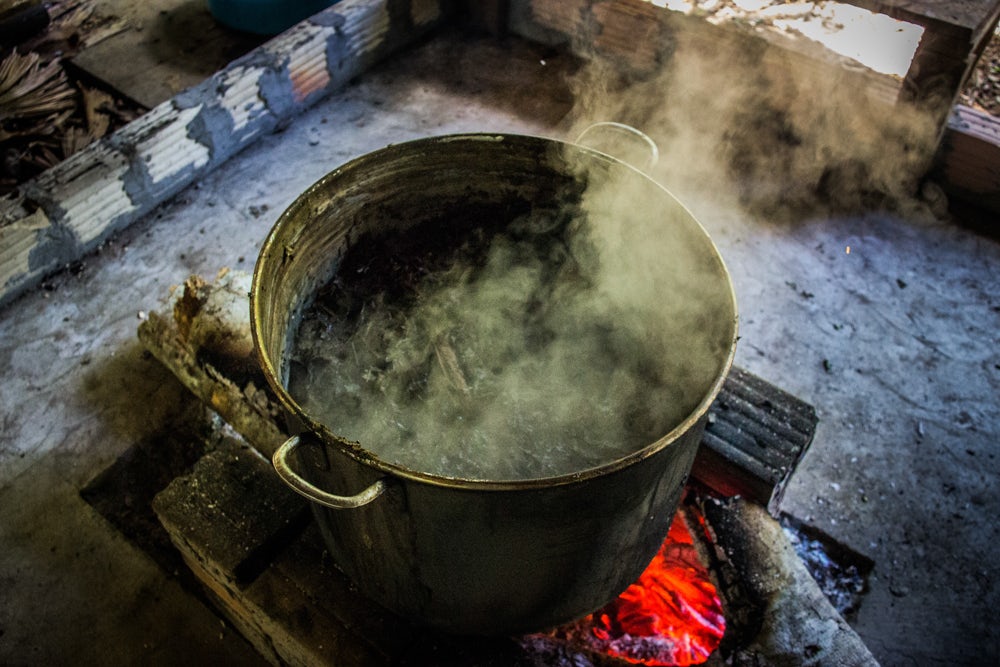
As much more than a spiritual bartender, a curandero also presides over the ceremony. This is an essential part of the process. In the Daime tradition, drinking ayahuasca is accompanied by a ritual dance and hymns said to be received from spirits by their leader Mestre Irineu and his followers. These traditions are often glossed over by those seeking a recreational high, and even some who have taken to examining ayahuasca more closely.
“Right from the beginning, the western examination of ayahuasca went straight to a pair of molecules,” he says, pointing out that there are thousands of chemicals in the plants and the body synergizing together, that were involved in his cure. Yet the focus of many researchers has been DMT and harmaline. “The concept of isolation is very much part of the western research tradition.”
Meanwhile, the nuanced practices behind the molecule are lost in the details.
Similarly, in the study of magic mushrooms, the idea that psilocybin is ‘what makes them work’ offers a rather simplistic view of their spectacular effects. As the Mazatec tribes of northern Mexico can attest, the ‘magic’ behind these mushrooms also extends to external factors; the ceremonial hunt for these ‘tiny gods’ and the rituals and sexual fasts that go with it.
“I think the scientific community is not interested in what indigenous people have to say about how Ayahuasca should be consumed,” Danny says, noting that it’s no longer fashionable to dismiss native wisdom and traditions outright. “They applaud the traditions in the same way that you might compliment a child’s finger painting, but they rarely investigate further.”
As the result of an incredibly complex colonial history, that skepticism has also affected the way locals in the Amazon see their own traditional practices. When he initially sought out ayahuasca as a treatment, Danny was met with concern and was repeatedly encouraged to abandon ayahuasca in favor the modern alternative of antimonium tartrate injections.
Where once these traditional practices enjoyed widespread acceptance, western influence has painted them as inferior to medicines in white bottles from white men in white coats.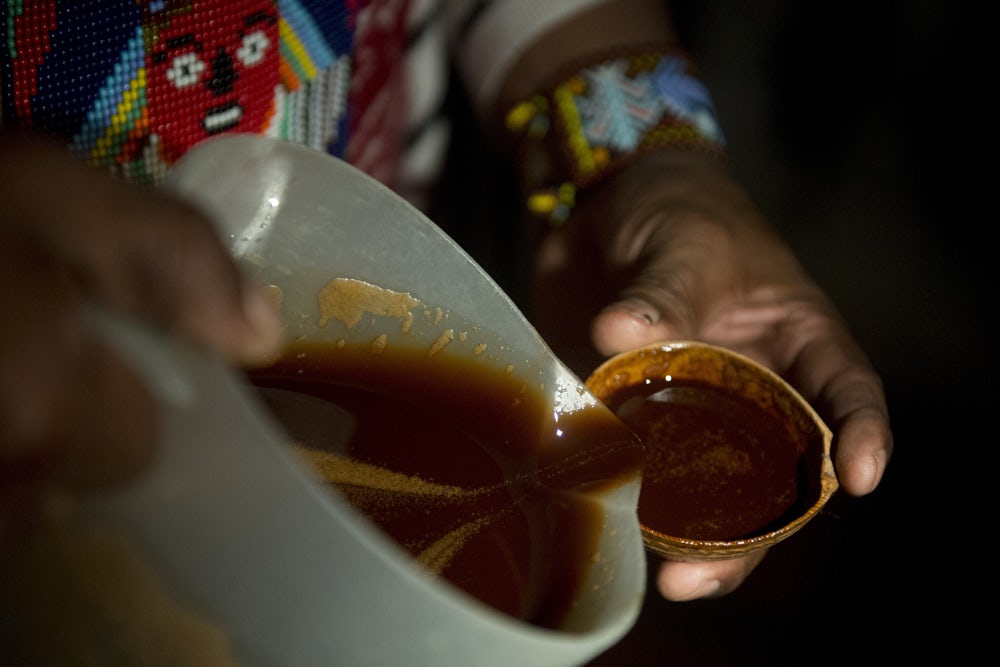
Beyond the skepticism, there is an understanding in the psychedelic world that ‘set and setting’ (the mindset and environment) are a vital part of the experience. So it stands to reason that researchers ought to test whether practices like sexual abstinence or ceremonial chanting can affect the outcome of an ayahuasca session. Even the prohibition of SSRI anti-depressants when drinking ayahuasca – which is widely accepted in the scientific community – remains a theory that has never been tested in any lab.
“In Western culture when an experience is not explainable by a physicalist paradigm – it becomes ‘magic,’” says anthropologist Giorgia Gaia another guest speaker at Altered, “[It’s] hidden on the shelf of esoteric knowledge or holistic foolishness.”
Giorgia’s work suggests that altered states of consciousness could also be seen as altered states of reality and that our perception of the world has a far greater effect on reality than we think. The vehicle of that transformation for her is Changa.
Derived from Mimosa Hostilis or Acacia (also known as the ‘tree of life’), as well as Banisteriopsis Caapi. As a result, it’s come to be known as ‘smokable ayahuasca,’ though it’s not necessarily taken in the same way and only lasts 10 to 20 minutes.
In this case, as with ayahuasca, the active molecule DMT is not the sole focus. What Giorgia has placed at the center of her research is the transformative experience.
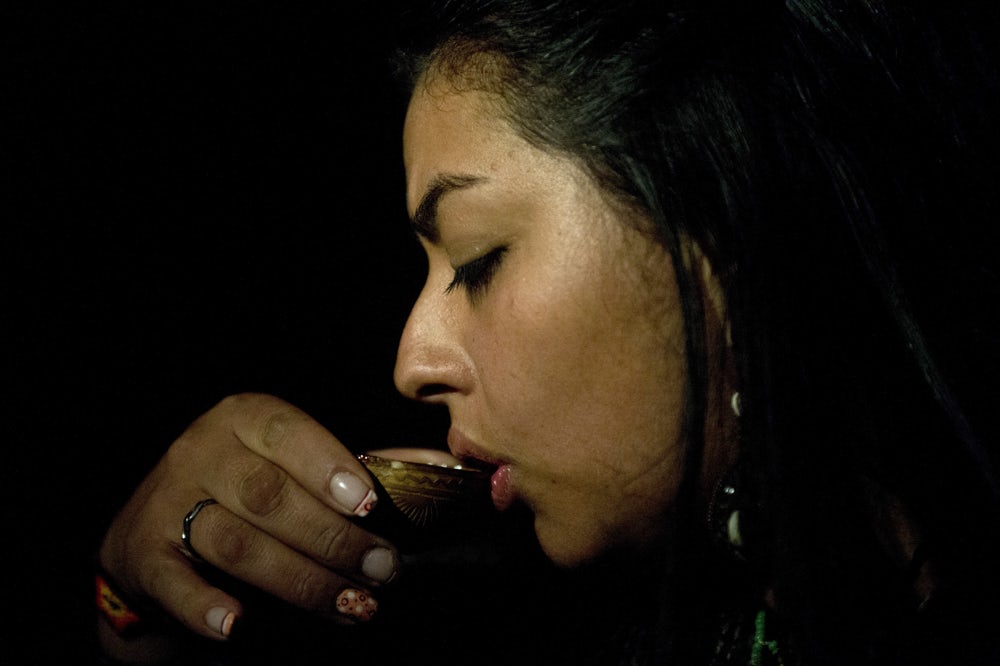
“In this context very often people experience healings,” She says, emphasizing the importance of the narratives that make up our reality. It’s something she calls, “psychedelic gnosis” which is defined by strictly personal and experiential knowledge that can be difficult to quantify. To those who experience it, however, that transformation is just as much a part of reality as the ground they walk.
While the psychonauts she has studied for five years report visions of the paranormal which may be difficult for modern science to grasp, at the heart of it all is an indispensable feature of the psychedelic experience: transformed perception.
The reported life-changing effects are consistent across every case, and across substances. They can range as widely as an altered worldview to a physical change in the user, and they are deeply ingrained in the idea of set and setting.
“The problem of the West is its widespread skepticism and excessive materialism,” Says Giorgia, “In fact, psychedelics are here to help our re-enchantment of reality!”
For Danny, those changes were lifesaving, and there was much more than a single molecule at play as he searched the forests for the proper herbs before harvesting them while offering them poems. Whether those rituals and practices made any difference is something modern science might raise an eyebrow to, but until that is tested that skepticism is no more science than another kind of faith-based wisdom.
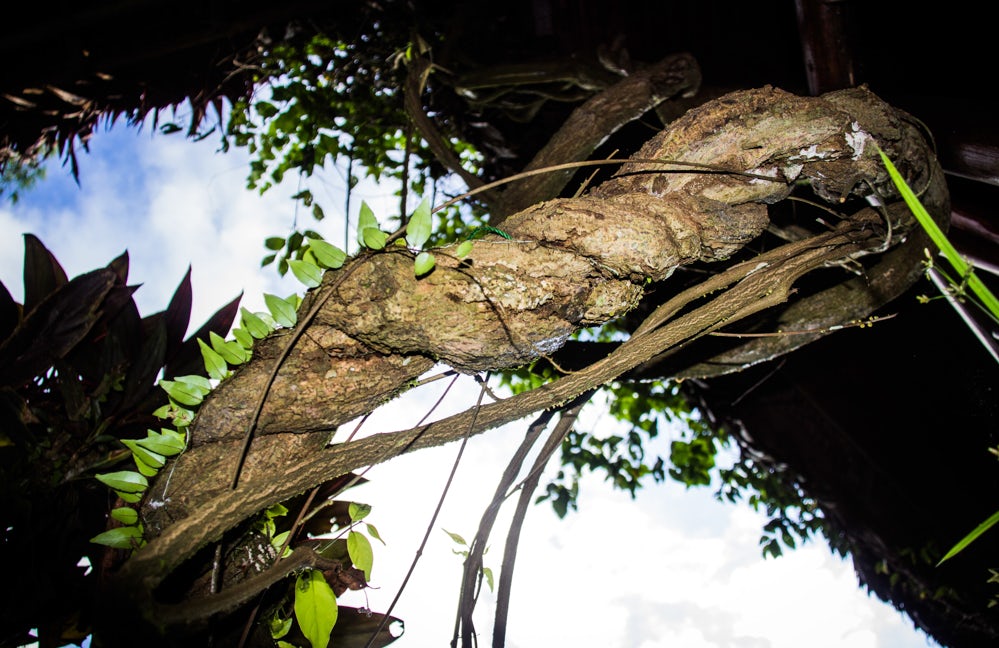
Herb Recommended Products:
READ MORE









